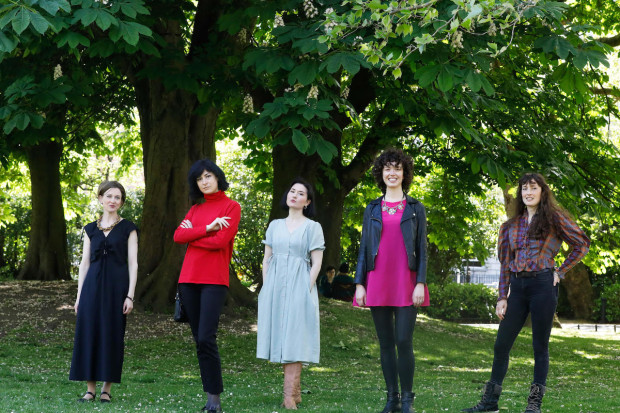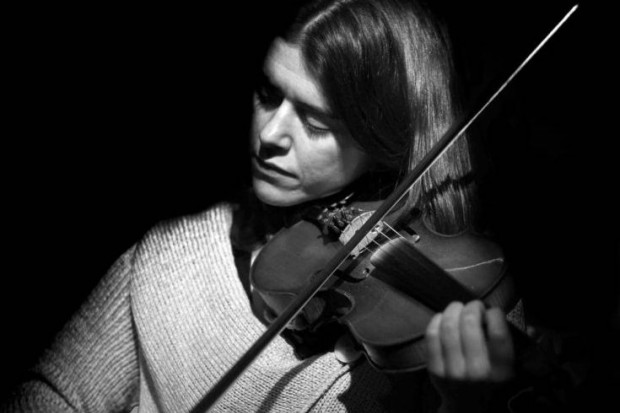Oddbox: Painful to the Ear
Louis C. Elson, an American writer on (and of) music, is remembered today more for lending his name to a prestigious series of public lectures than for anything else. Writing around the turn of the twentieth century, he showed curiosity about many aspects of music, often with a practical emphasis. Thus, he tells us how street-singers or ‘waits’ were paid in the time of Edward IV: ‘He eateth in ye halle with mynstrieles, and taketh at night a loffe, a galone of ale, and for Sommere ij candles pich, a bushele of coles; and for Wintere nights a half loffe of bread, a galone of ale, iiij candles pich, a bushele of cole… Iffe he be syke, he taketh twoe loves, ij messe of great meat, one gallone of alle.’
Matters of health are a recurring motif. He mentions the tradition that lively dancing was a cure for the bite of the tarantula and a paper published in Italy in 1841 regarding a musical cure for St Vitus’ dance: ‘Although the patient was previously unable to stand on his feet, a lively rhythmic tune caused him to jump from his bed and dance for two hours, after which he fell down exhausted, in a profuse perspiration, and slept quietly. A few repetitions of the dose caused a complete cure.’
Sadly, his information about the effects of playing musical instruments should put an end to any attempted revival of the glass harmonica. To quote Elson quoting Engel quoting Sundelin: ‘…he finds that the piano and stringed instruments are at times hurtful to the nervous system, the glass harmonica dangerously exciting to the nerves, the clarinet harmful to the lungs, brass instruments similarly harmful, but in a less degree, and the harmonium or cabinet organ harassing to the nerves of the performer.’
Elson considered much of this fanciful, but elsewhere – and here we by-pass ‘Fatal Musical Masterpieces’ and the famous Swedish singer ‘who always took a salt pickle before appearing in public’ – paid close attention to the larynx. Why were there so many phenomenal basses in Russia? Was the ability to yodle a matter of ‘race characteristics’? Dissection, and the laryngoscope, had proved this not to be the case.
The Orient also took a drubbing: ‘The Chinese singing is of a most distressing and ear-splitting character, and it is impossible to describe it to those who have not heard it, a series of sounds so fatiguing to the throat or so painful to the ear. One would imagine that the throat of the celestial was of tougher fibre than that of other mortals….’ However, dissection proved that this was not the case, just as it proved that there was nothing distinctive about the Chinese tympanum or aural passage. Such further investigation had been needed in order ‘to explain the acceptance of such hideous cacophony by any human ears as pleasurable’.
Science had its limitations.
Published on 1 February 2010

















